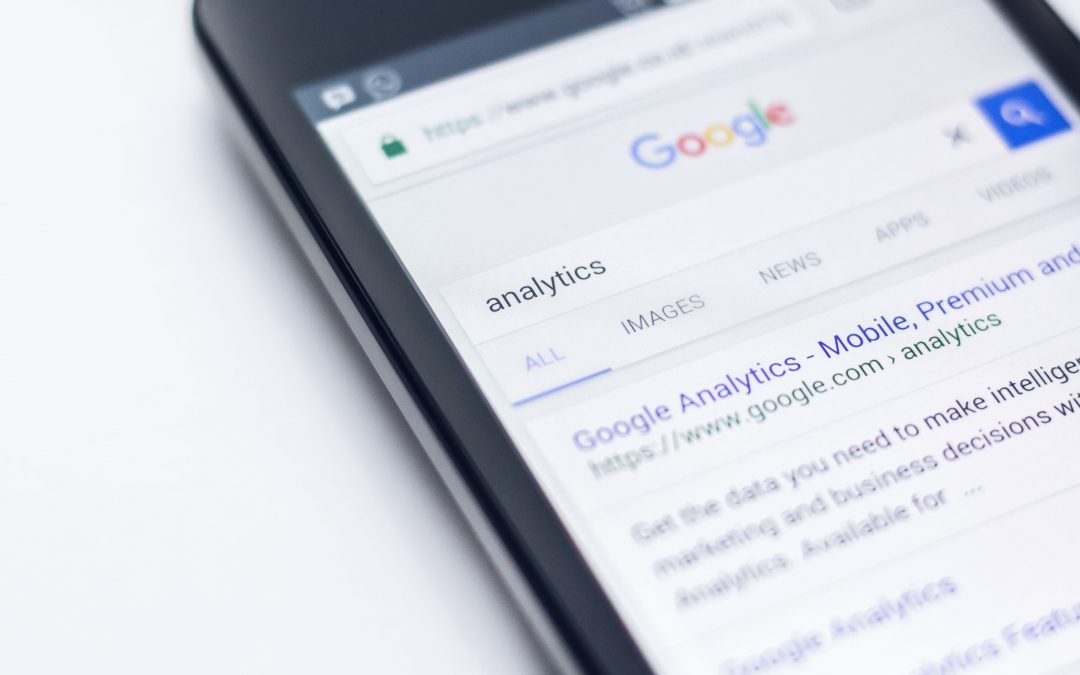As business owners, a critical question to ask and answer each year is how much to budget and where to spend your advertising and marketing dollars. In the “old days,” quantifying the outcome and interpreting the results of marketing campaigns was difficult to track. “Guesstimating” was pretty much the norm. You identified your presumed target audience, created relevant ads, placed them in the “correct” media outlets, and crossed your fingers.
Internet marketing has changed all that, and Google Ads is universally recognized as the forerunner and continued innovator. Google Ads is a pay-per-click program that puts your content at the top of search results. If you haven’t yet ventured into Google Ads territory, maybe now is the time to step into the 21st Century and consider learning the fundamentals of how to create, schedule, and manage a Google Ads campaign. Here are a few reasons why:
Targeted Ads = Brand Awareness, Increased Leads & Conversions
When creating an ad for Google Ads, you can specifically target your most promising demographics. The design and placement of your ad can take into account very focused characteristics of both your audience and placement, including: keywords, age, geographic location, language, days, times, frequency, and even devices.
Precisely pinpointing who your ad reaches and when and where you want it to be seen provides a customized window to best highlight your business to a pre-qualified audience most likely to “click” with intention.
Pay Per Click (PCP) = Flexibility to Start Small & Test Your Ads
When a Google search reveals an ad for a company at the top as the first, second, or third, it is almost always because of a successful Google Ads campaign. Achieving a high rank and gaining qualified clicks requires a combination of all the correct elements for an effective ad. Getting there typically requires more than a few tries.
The experts all agree that when launching your first Google Ads, you should test out a number of versions and evaluate the analytics. Based on the results, you can continue tweaking the content and placements to garner the strongest outcome and ROI.
Google Ads allows you the flexibility to view the “granular” activity for each ad, permitting you to make changes and adjust your budget accordingly. You are never stuck with paying for ads that don’t work.
Monitoring Activity & Cost = Effective Control of Your Campaign
The Google Ads dashboard provides the comprehensive information needed to analyze the progress of your campaign. On a general level, the data reports the number of clicks the ad received, the keywords entered, and the cost per click. However, the dashboard tracks multiple variables. The more details you request, the more precise the results, and the more effective your strategy is going forward.
Once you set a budget, the program can predict your results based on the amounts and frequencies selected, giving you a snapshot of expectations. There’s no minimum, and Google Ads will never exceed your budget. You only pay when your ad is clicked.
The combination of the detailed and up-to-date dashboard with the pay-per-click model offers a reassuring level of control over your advertising campaign. You always know the status of your ads, and you will never exceed your budget.
Why Now? Why Not.
The ability to directly and easily monitor and manage your online ad campaigns is a strong selling point for Google Ads. Take another look if it’s been a few years since you investigated incorporating Google Ads into your marketing plans. Google Ads, in its current incarnation, has been around since 2018. Formerly Google AdWords, the original version was launched in 2000 and has evolved with the changing times, rebranding four years ago as Google Ads.
In Conclusion: This article briefly summarizes why a business might consider a Google Ads campaign in 2022. To fully understand the relevant value to your company and the best ways to optimize a strategically planned and researched campaign, take time to learn more about Google Ads by watching video tutorials, reading articles published within the past year, and consulting with digital marketing professionals.
Whether or not you decide to create your own campaign or work with an expert, understanding the basics of why Google Ads are so popular can only help to better position your business in the competitive online marketplace.


